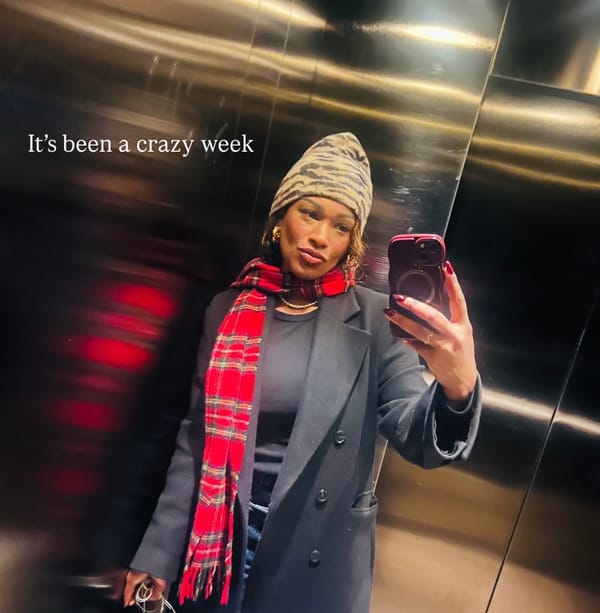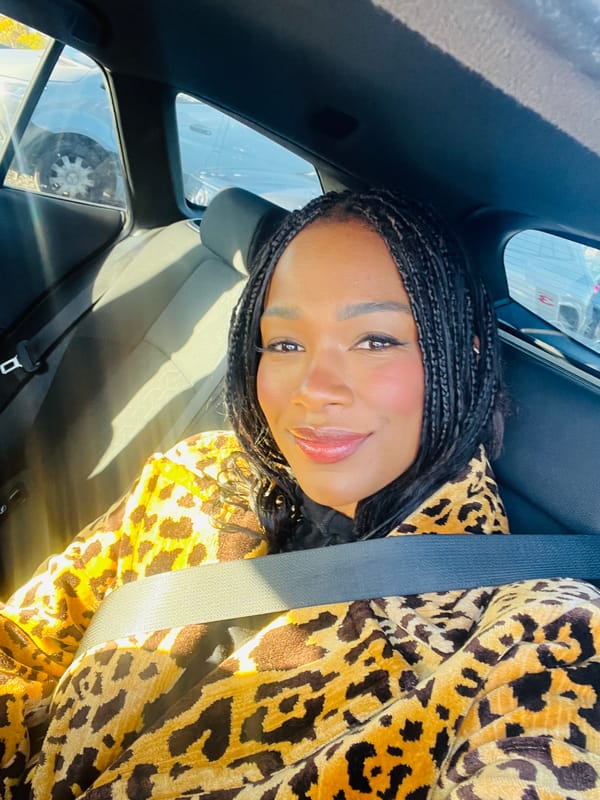Part 1. Advice to Gen-Alpha: How creating a club night will teach you everything you need to know about life, art and business.
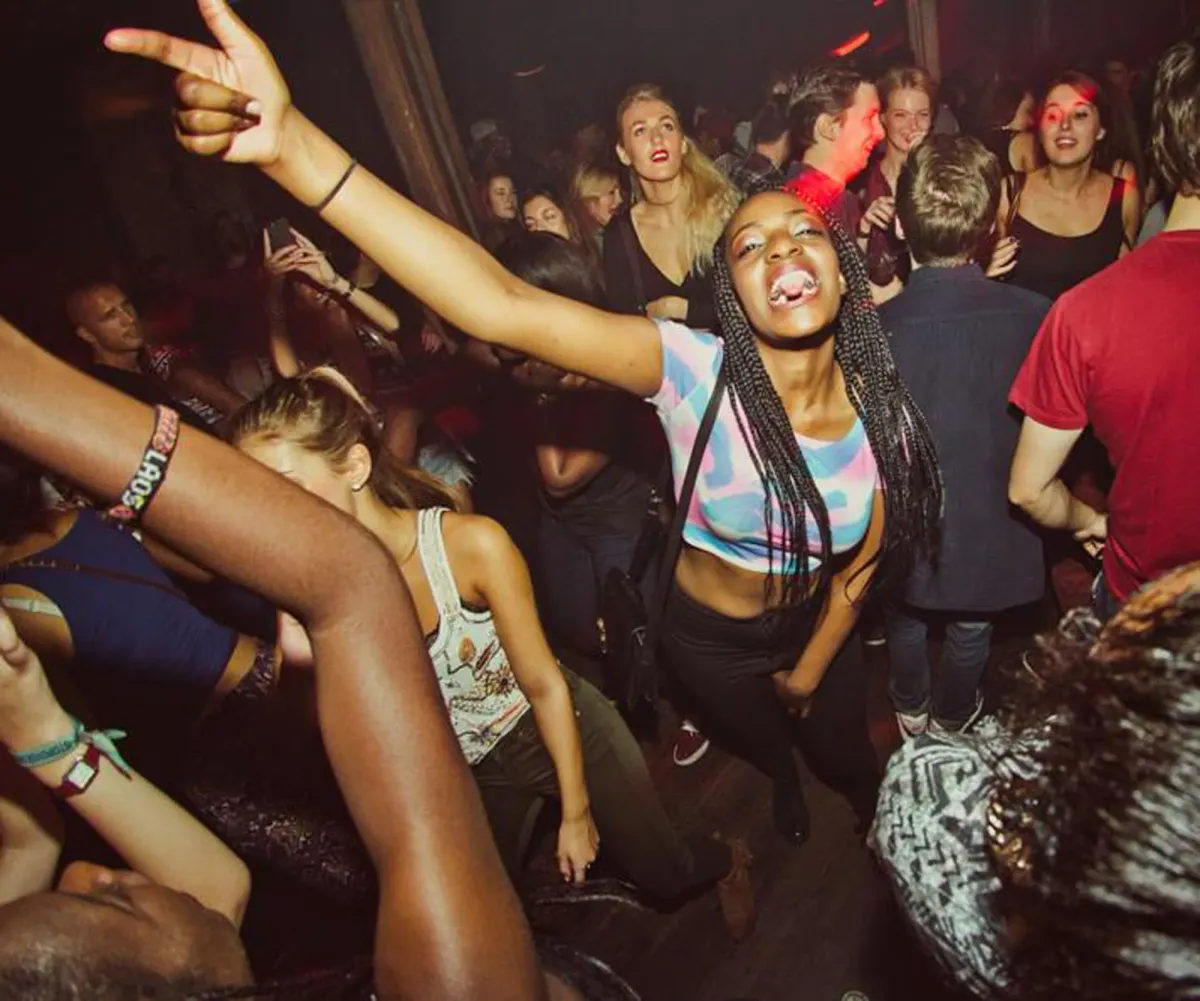
This is the first in a five-part series I’m writing about how subcultures are built. Read the rest here. As I continue to build my brand I realise that a huge part of it comes from my lived experience in subcultures — the pirate stations, the club nights, the tiny magazines, the dodgy after-hours bars. This scaffolding of culture rarely makes it into history books, but shaped everything that determines how I build a world.
From September, Niamh Donoghue and I are hosting The Worldbuilder Show on The Stack World, where I'll do more a weekly deep dive into building a brand world and my process. But before we start that, I wanted to sort of show the origins of my process and how I learned to create culture.
Each piece will look at a different element: the spaces, the people, the rituals, the myths, and finally, what it all teaches us about building worlds today. Think of it as an anatomy of scenes — grime in London, nu-rave in East End warehouses, New York’s downtown art kids — mapped out so the next generation can see how it’s done.
Because culture doesn’t just appear. It’s made, piece by piece, by the brave few who decide to start something. And if you're thinking of launching something, how do you ensure it doesn't look, think, smell like the rest?

Part 1
Walking through Wolverhampton the other day, I noticed something that unsettled me. For a city with a university campus, for a city full of young people, there aren’t really any student nights. Not in the sense I remember, at least. No grimy basements, no fivers on the door, no hand-drawn flyers passed from person to person, promising chaos.
And it struck me: that’s a problem.
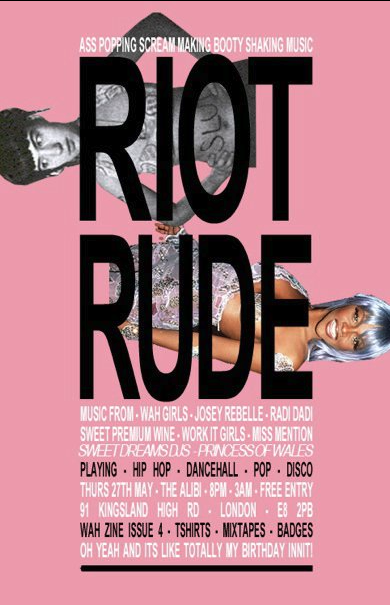
Because historically, starting a club night has always been the rite of passage. Being a student isn’t just about attending lectures and scraping through exams. It’s about the other curriculum — the self-taught one, the experiments in culture that happen in nightclubs, in student unions, in half-legal venues. It’s about someone deciding to take the risk of hiring a hall, setting up some speakers, and charging everyone they know £5 to get in. Those nights mattered because they weren’t polished. They were cheap, scrappy, full of the wrong people and the right people all at once. And that messiness is exactly what gave them power.

DIY social spaces have always been essential for culture. They create collisions. Collisions between strangers, between disciplines, between tribes who would never otherwise meet. That’s how a footballer ends up talking to a poet. That’s how a fashion kid meets a DJ. That’s how a band forms, or a magazine idea is born, or a new sound emerges. Culture doesn’t advance through neat strategy decks or corporate “curation.” It advances when bodies collide, when ideas rub up against each other in real time, in real space.

So if those spaces aren’t being made anymore, what happens?
Everyone is moaning about “compression culture” right now — the sense that everything looks and feels the same. Music blends into one indistinguishable playlist. Fashion recycles itself every six months. Memes chase their own tails. Nothing feels new, just remixed. I think part of the reason is that 23-year-olds aren’t making their own worlds anymore. They’re not starting club nights, they’re not stapling zines, they’re not staging plays in abandoned spaces. They’re waiting for someone else to build the stage — or worse, they’re waiting for brands to sponsor it.
But historically, youth culture has always been society’s R&D lab. Punks in squats. Ravers in warehouses. Grime MCs in community centres. Indie kids cobbling together gigs in church halls. None of it came with a marketing budget or a hashtag. These movements started because a small group of young people decided to create their own spaces. And those spaces ended up rewriting the mainstream.
So why isn’t Gen Z doing it? Gen-Alpha, it's your chance now.
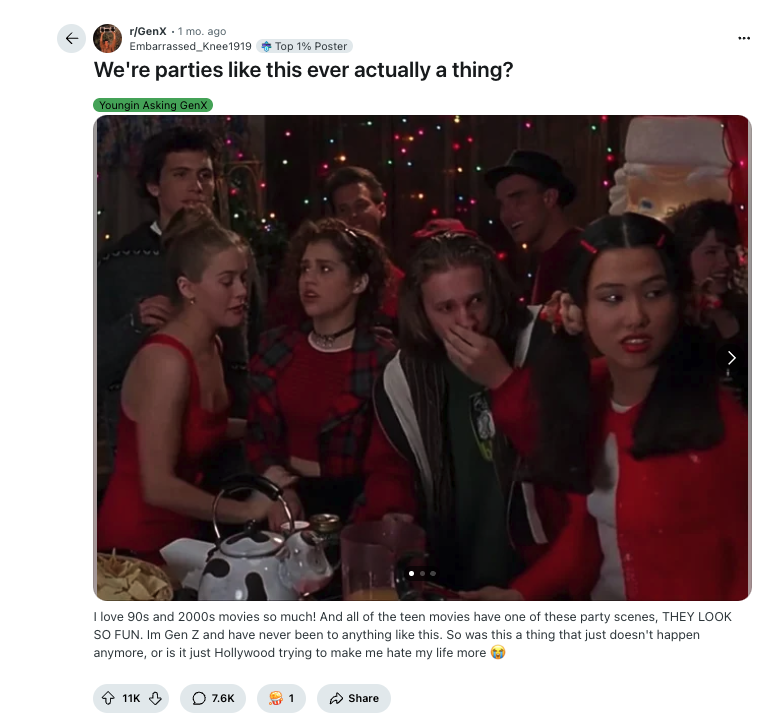
I have some sympathy for Gen-Z. Part of it, I think, comes down to timing...


